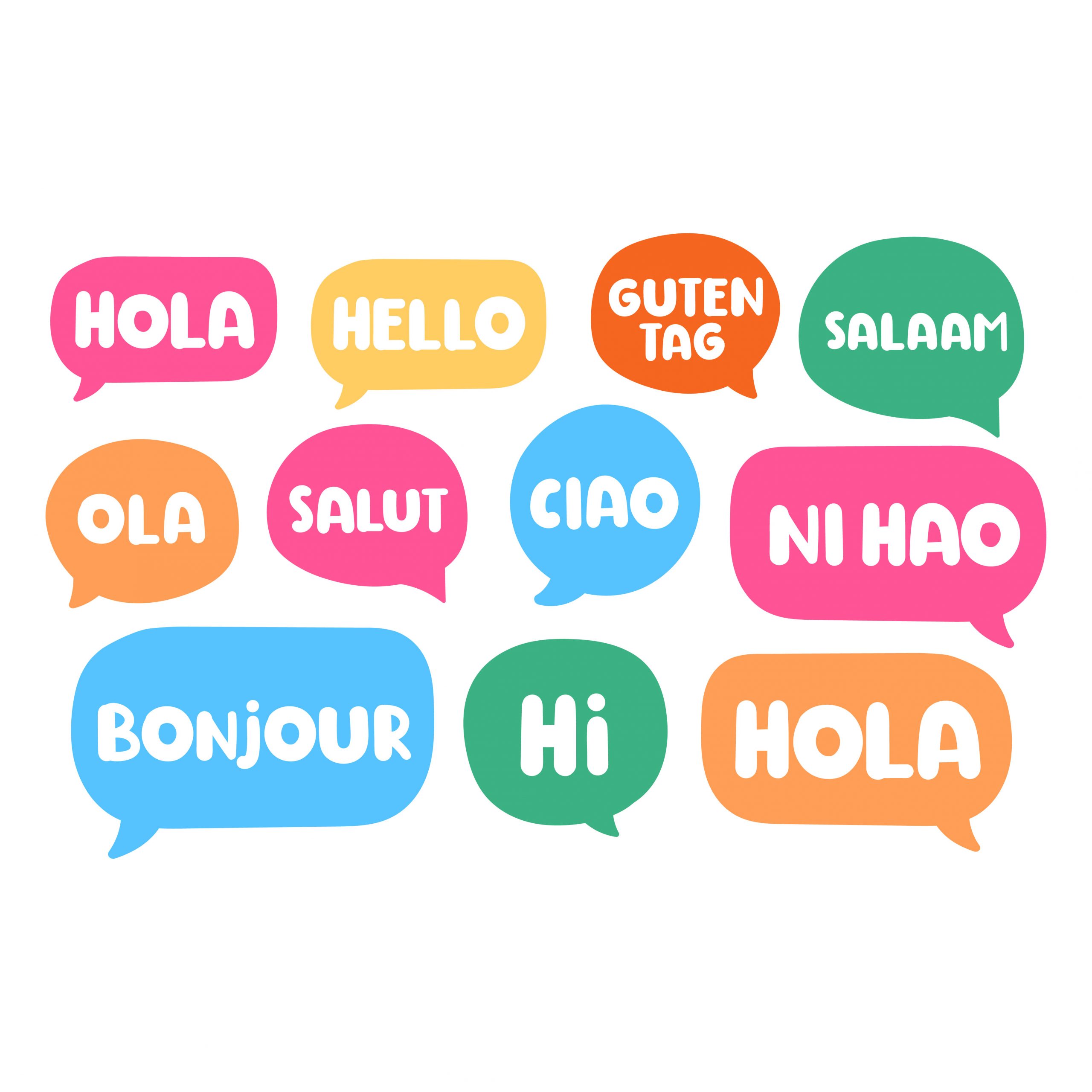As international advertising is becoming more important to brands through the globalisation of markets, this is driving companies to rethink their localisation strategy. However, with demand for relevant content increasing and timelines decreasing, most brands simply do not have the capacity to keep up, let alone consider translating content into multiple languages.
So, how do you extend your campaigns into an international market to deliver that important message without it getting lost in translation, all while staying true to your brand? How do you allow for a seamless approach? Simple, brands must connect with consumers on a local level to enhance the consumer’s experience and the only solution is through localised marketing and with local marketing comes translation, but not any old translation.
Transcreation and localisation – tackle international expansion the right way!
Translation and localisation can be a complicated task, whether the consumer is new to your brand or not, without a proper localisation strategy in place you could risk confusion, send the wrong message or straight-up insult people. Take KFC for example in the 80s when their poorly translated “finger-lickin’ good” message was translated to “eat your fingers off”. I’m sure some saw the humour in it, maybe some didn’t. Fortunately for KFC it was a lucky escape which didn’t damage their brand long term.
So what is transcreation?
Essentially it’s the adaptation of content to fit a specific market. It’s an analysis of the message and its meaning, as well as its relevance for a particular market, tailoring the language and imagery for the audience locally. Cultural nuances are examined – idioms, humour, etiquette and alliteration and the message adapted appropriately to resonate. Think of it as a combination of both translation and copywriting but with emotion instead of just words. It also goes without saying that consistency is key here to ensure all of your marketing communications for the local market are translated well, including local websites. No-one wants to visit a site and purchase a product if they cannot understand the language, the T&C’s, or the refund policy.
How does localisation differ?
Localisation is mainly around experience, with the adaptation of content to a specific language or market to make your message relevant to the audience and its culture. It’s a way of increasing your brand engagement, customer loyalty and ultimately, sales. It goes beyond the traditional copying and pasting and translating content through the likes of Google Translate. It looks at the bigger picture – how business is done locally all while considering all aspects outside of just the language.
A great example of effective localisation is Airbnb. Building up presence across 190 countries meant Airbnb had to translate their platform into multiple languages, as well as create specific content for each market in such a short space of time. According to Forbes, Airbnb bridged this global-local gap by ensuring all their profiles displayed in the local language, as well as with an additional optional translate button. This was done by crowdsourcing with the support of in-house translators and outsourced multilingual call centre solutions along with support from hosts and guests.
Since, Airbnb has further added a highly advanced translation management tool with inbuilt features for selecting phrases from the website. Content gets sent across to translators for them to quality check (whilst paying close attention to different dialects and variants of certain languages), ensuring it goes live immediately.
By successfully raising their awareness globally, Airbnb were able to grow their listings to more than 1.5 million in less than a decade.
How to achieve global consistency at scale?
Cultural and language differences are still evident and with the ever-increasing demand for content, coupled with a greater focus on cost efficiency, many brands are having to reshape how they produce and deliver their content. Creating content in new markets, on time and within budget is one thing, but translating and formatting on multiple devices is another. It can cause havoc on your creative quality and efficiency if not done properly. So without the resource or time what can brands do?
An efficient and easy solution is to partner with a global creative production studio like We Are Amnet. With a team of over 1,200 we work with brands and agencies to adapt and boost content across multiple channels to deliver at scale, on time and within budget. When you use our transcreation and localisation services we make sure that when your campaign is launched in multiple countries and languages, robust quality checks ensuring suitability for digital and print outputs are always fulfilled and the brand and product identity is kept consistent.
So if you’re looking to expand to a new international or domestic market, We Are Amnet can help. Giving agencies and brands access to scalable and flexible resources, we can cut your costs by 40-70% all while getting up to 60% faster turnaround on all creative production projects.
Don’t be the brand that operates across international markets knowing that your marketing messages don’t translate well and be prepared to invest in your awareness and brand marketing to gain familiarity and trust in international markets.
Get in touch today to find out how We Are Amnet can support your transcreation and localisation needs.






